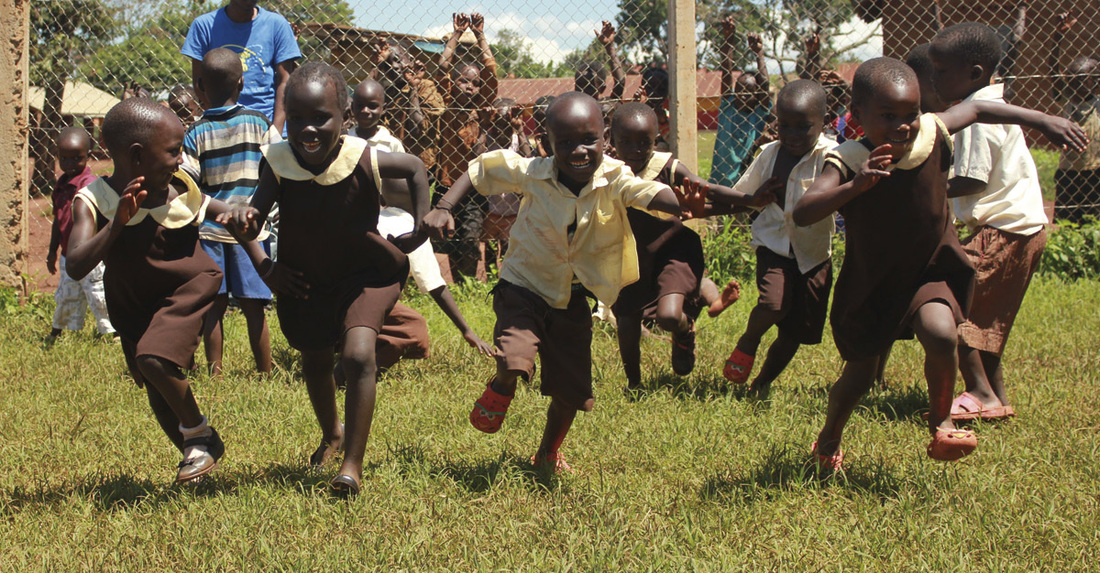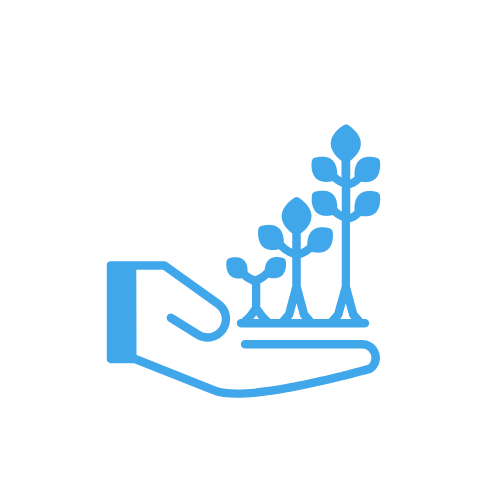|
The occurrence of child sacrifice remains extensive throughout Uganda, with children disappearing frequently, only to be found murdered or mutilated by witch doctors as part of ceremonial ritual.
This practice is rooted in the belief that blood sacrifice can bring fortune, wealth and happiness. The ‘purer’ the blood, the more potent the spell, making innocent children a target. Witch doctors look for children without marks or piercings, so many parents pierce their children’s ears at birth and get their boys circumcised in an effort to protect them. Children are either abducted from, or in some cases actually given to witch doctors by relatives out of desperation for money. The rituals involve the cutting of children and the removal of some body parts, often facial features or genitals. These brutal acts are done while the child is still alive and very few survive. According to Ugandan police records, incidences of child sacrifice are on the increase with 10 cases recorded in 2013. The Ugandan Internal Trafficking Report estimated this number as 12, where as first hand interviewing by Humane Africa detailed 77 incidents. Current research by KidsRights states that these varying statistics are most likely the ‘tip of the iceberg as data is insufficient and the real scope of child sacrifice is not yet visible’. Evidence that reflects the true scale of the problem is hard to find, as many cases go unreported and, as a result of corruption in the police and judicial system, few perpetrators are ever convicted. UNICEF stated that “Task forces, such as the inter-ministerial Anti-Child Sacrifice/Human Trafficking Task Forces developed under the Uganda Police, lack resources to convene and exist often in name only”. Masese II (Soweto slum) - Jinja Masese II is a small community of displaced people on the outskirts of Jinja in Eastern Uganda who have predominantly fled from past conflict in the north of the country. They have suffered many ritual attacks on their children and in response have formed their own child protection committee to combat the issue. The police have cited the eastern region of Uganda as having the highest incidence of child sacrifice cases; with police chief Moses Binonga blaming the high infiltration of unregistered healers. With little protection or justice from the authorities, communities like this were seemingly powerless. In partnership with Ugandan NGO ADSN (Adolescent Development Support Network), we started a programme here in 2012 after a needs assessment identified the children in this slum as particularly vulnerable. The only industry present at this time was the brewing of potent alcohol (Waragi) which did not generate enough income for parents and carers to be able to feed their children or send them to school. With many adults inebriated and a prevalence of grandmother and child-headed households, children were particularly vulnerable to being taken. To bring the abduction rates down, a Child Friendly Space was established in the community, using a donated local council building. This Centre is a safe place where children from the ages of 3-6 receive a daily meal, learn and play and receive care from trusted adults. When they reach primary school age their parents/carers are supported through income generating schemes to be able to send their children to school. As part of the project, a patch of land was donated to grow food for the children at the Centre and to enable many adults from the community to develop agricultural livelihoods as an alternative to dangerous and less profitable breweries. The most important component of the programme has been the establishment of a Community Child Protection Committee (CCPC). At the height of the killing spate in July 2012, ten responsible adults were identified within the community and were trained on all aspects of child protection. Part of this process was to raise awareness on the issue of child sacrifice, tackling the beliefs, mindsets and behaviour that sustain the practice. These workshops were held together with local leaders and police. The CCPC then began raising awareness of child protection issues within the community, holding community wide meetings and visiting door to door. They were equipped with a loudspeaker system so that when a child went missing the community could be alerted. This along with a bicycle so that members could immediately report cases to the local police has proved to be a remarkable deterrent to the perpetrators. Children have participated in the process by engaging with social mapping sessions, identifying the area by the railway tracks as presenting the most risk for abduction. Children used to collect scrap around these tracks, but since the mapping session they avoid it, and the committee have taught them about not wandering too far from home. All of these measures have resulted in a rapid decrease in abductions, with seven cases in 2011, eight in 2012 and then a complete eradication of incidents in Masese II in last 18 months. The Child Protection Committee stated that “There was one attempted case nine months ago, when a four-year-old girl was taken, but swiftly rescued by community members”. Says ADSN programme manager Edwin Wanede, “What doesn’t work well are awareness campaigns that are not owned by the local people within the community”. The CCPC has created an impact by building relationship and trust, but the government’s poster, radio and TV ads do not get the message through. This is because many poorer communities are illiterate, and people respond better to the advice of their own friends and neighbours, rather than that of strangers and authorities. With work in Masese II proving effective, Children on the Edge and ADSN have started developing the programme in two neighbouring communities where these issues remain unaddressed. Rachel Bentley, Director at Children on the Edge says “Only two weeks ago, during my last visit we heard that two children in the Jinja area had gone missing. The mother found two skulls which she suspects are her children’s. Previously her partner had suggested one child be given to a witch doctor in exchange for 200 million shillings (£45,000). It’s clearly time to begin some work on replicating the Masese project in other areas”. One of these places is Wandagu, which is situated off a main highway and consequently prone to passers-by stealing children for child sacrifice. Isolated parts of the sugar plantations here also provide hiding places for the perpetrators. Just four months ago a five-year-old girl was found murdered amongst the sugar canes, with parts of her body missing. A Child Protection Committee is already being formed here, and a few bicycles and loudspeakers bought. The hope is that soon the Wandagu community will form a safety net as strong as that in Masese II. Find out more about our project in Uganda Donate to our work Support usComments are closed.
|
RECEIVE OUR EMAILSBlog Categories
All
Archives
July 2024
|
|
JOIN US ON SOCIAL MEDIA
|
Annual Report | Contact Us | Jobs | Media Centre | Resources | Shop
Accessibility & Policies: Accessibility | Equity, Diversity & Inclusion Policy | Complaints| Privacy Policy | Safeguarding
Accessibility & Policies: Accessibility | Equity, Diversity & Inclusion Policy | Complaints| Privacy Policy | Safeguarding
Children on the Edge, 5 The Victoria, 25 St Pancras, Chichester, West Sussex, PO19 7LT, UK | 01243 538530 | [email protected]



 Give monthly
Give monthly Fundraise for us
Fundraise for us RSS Feed
RSS Feed
